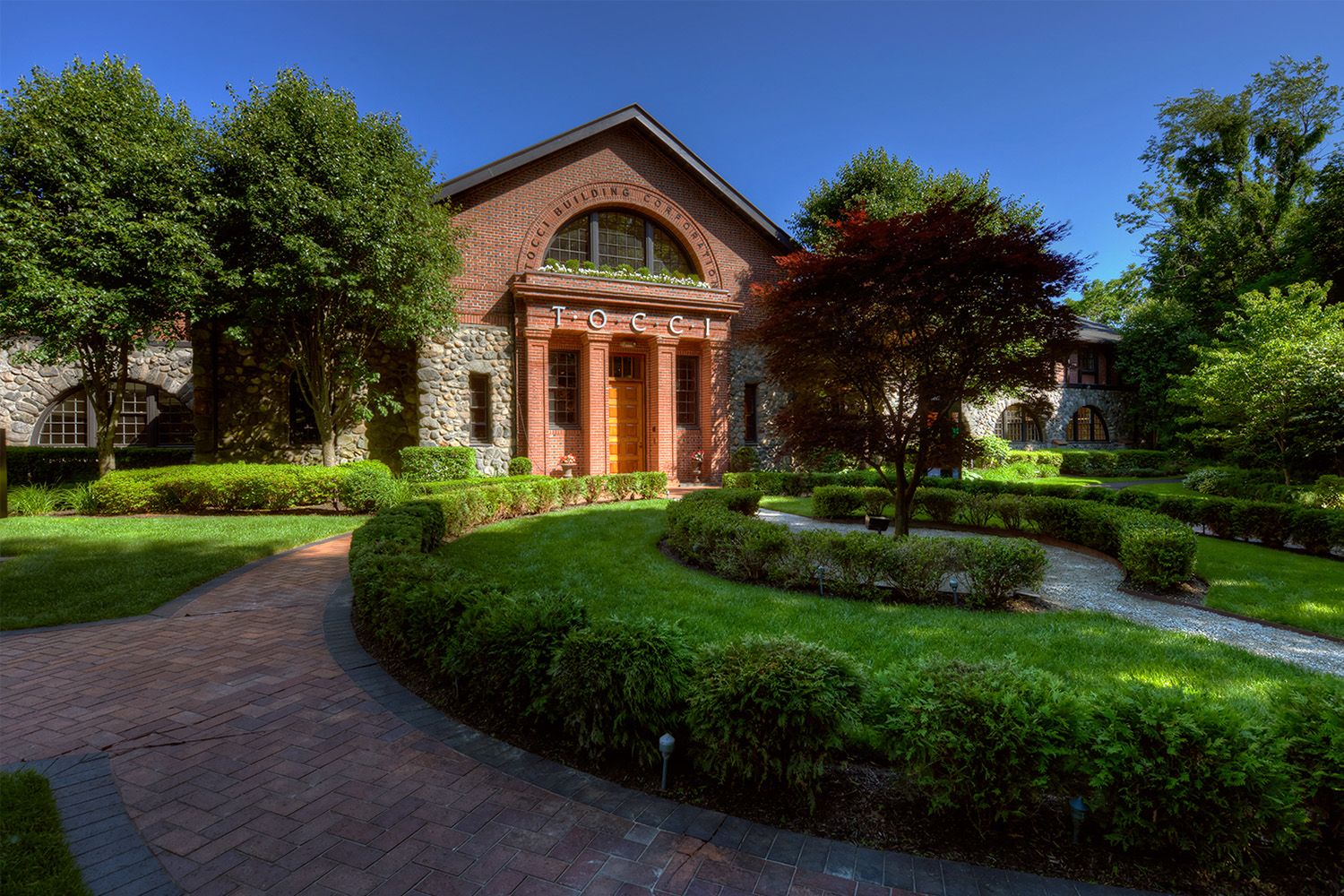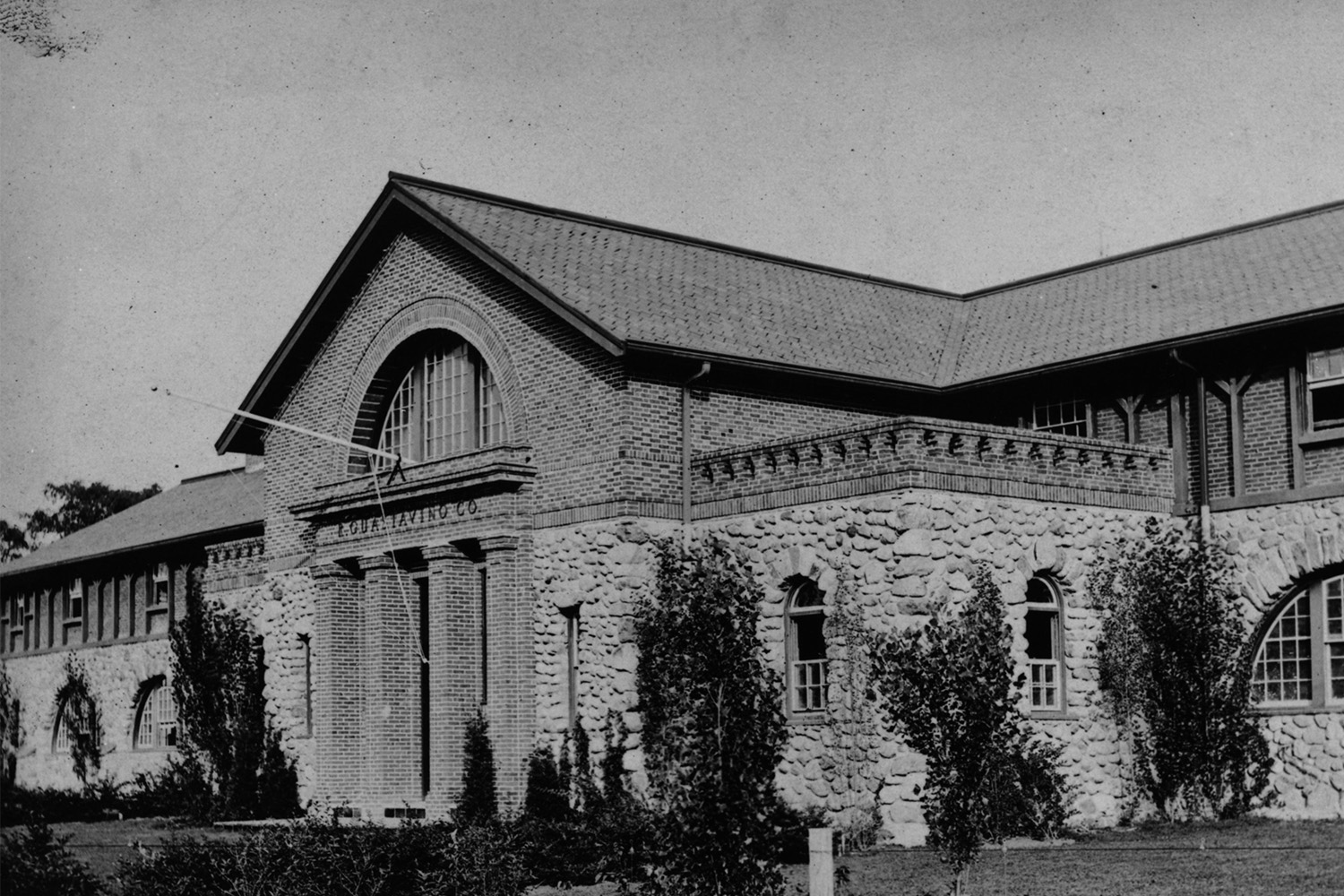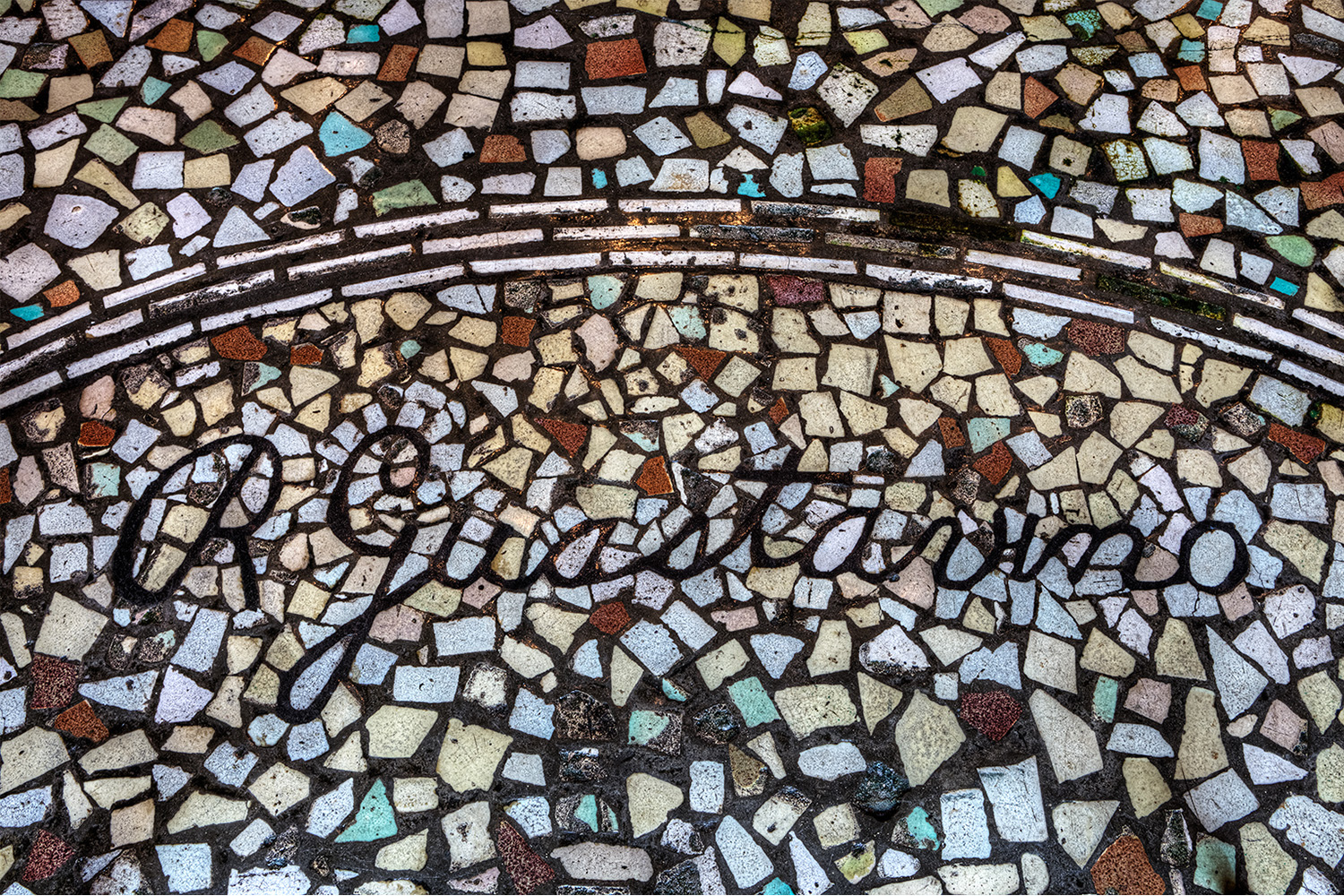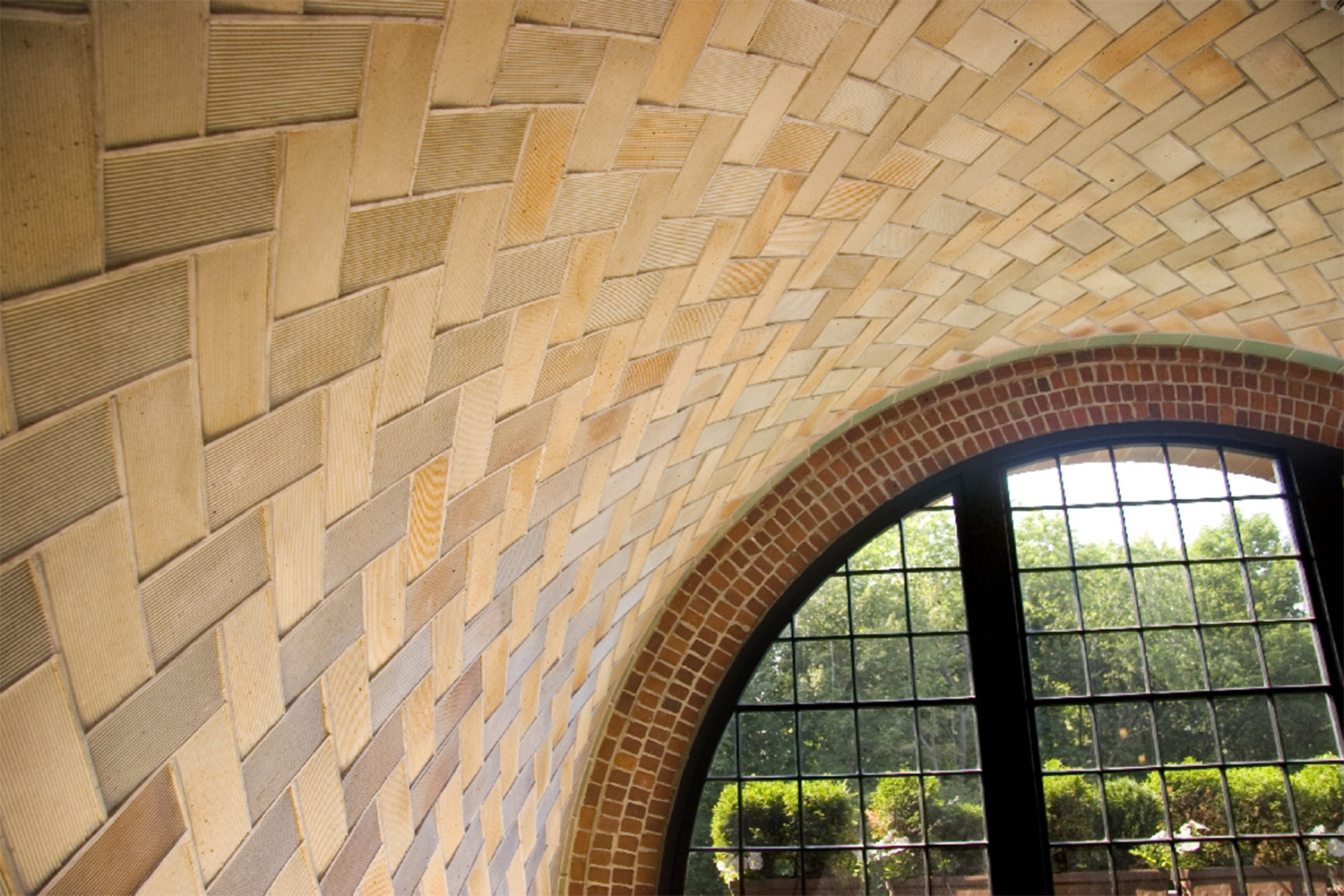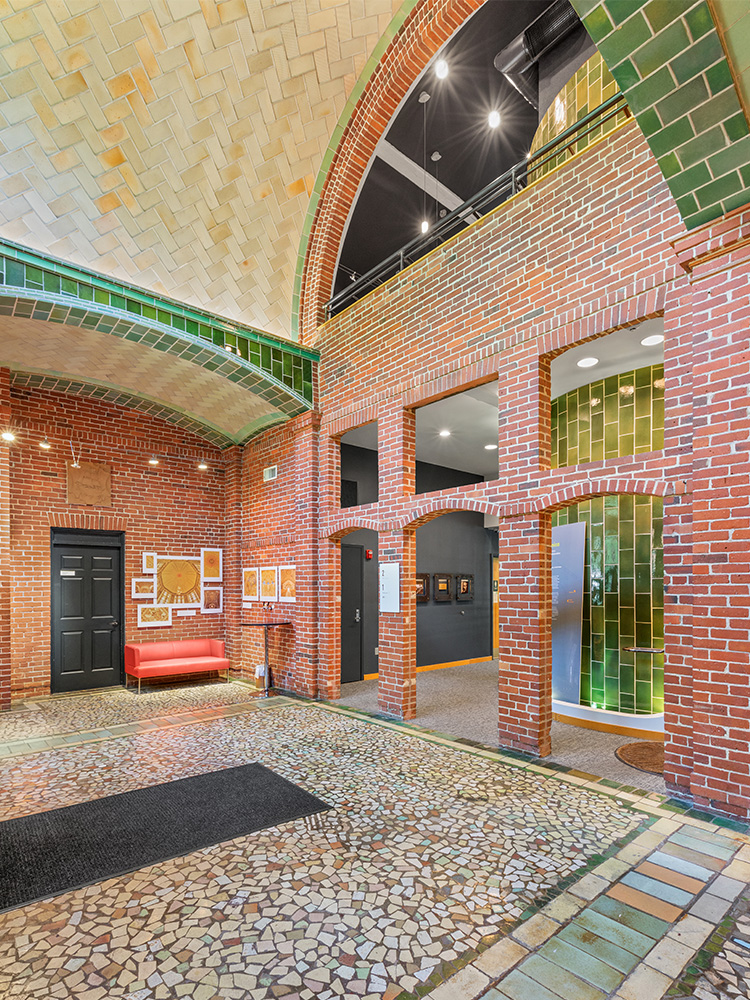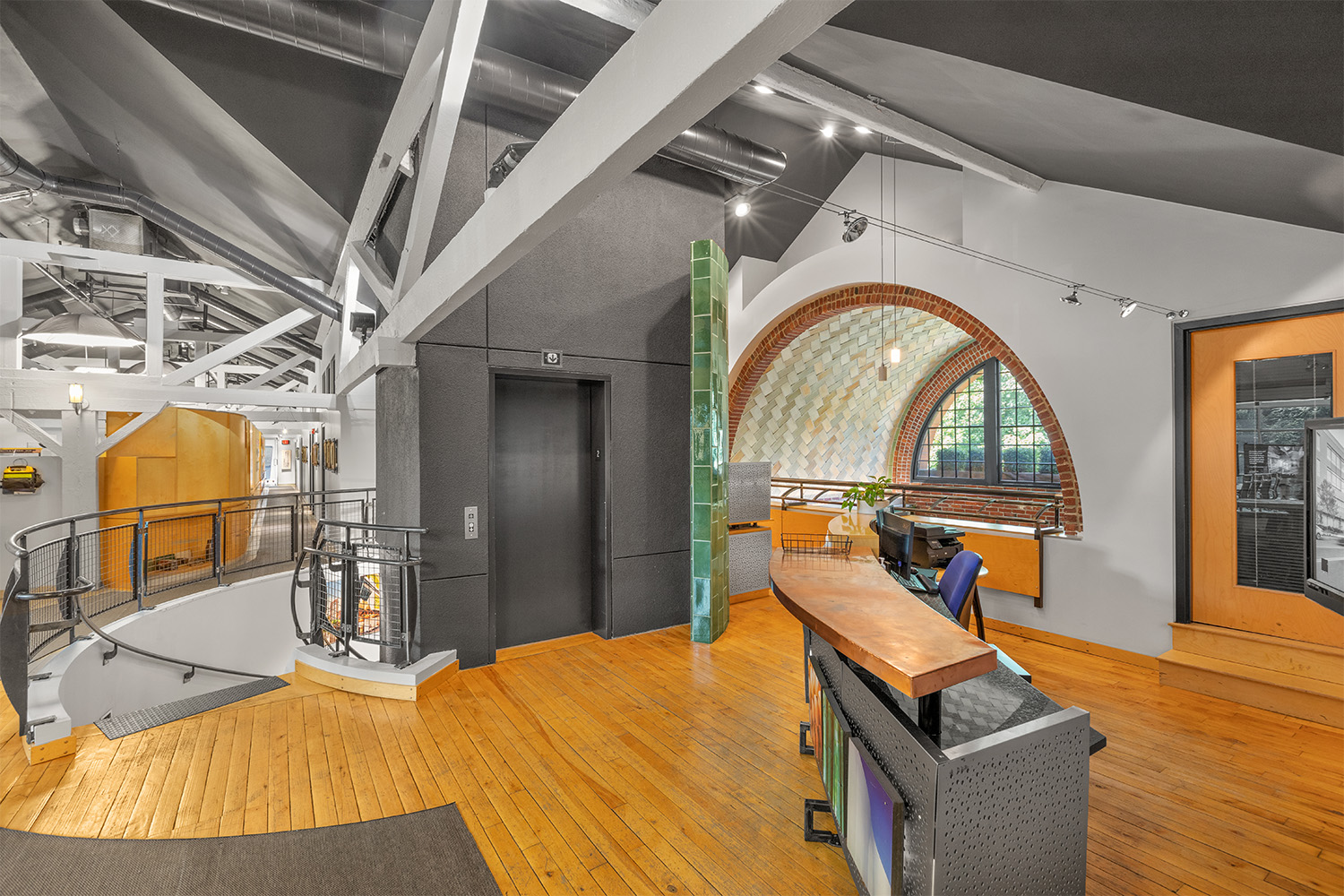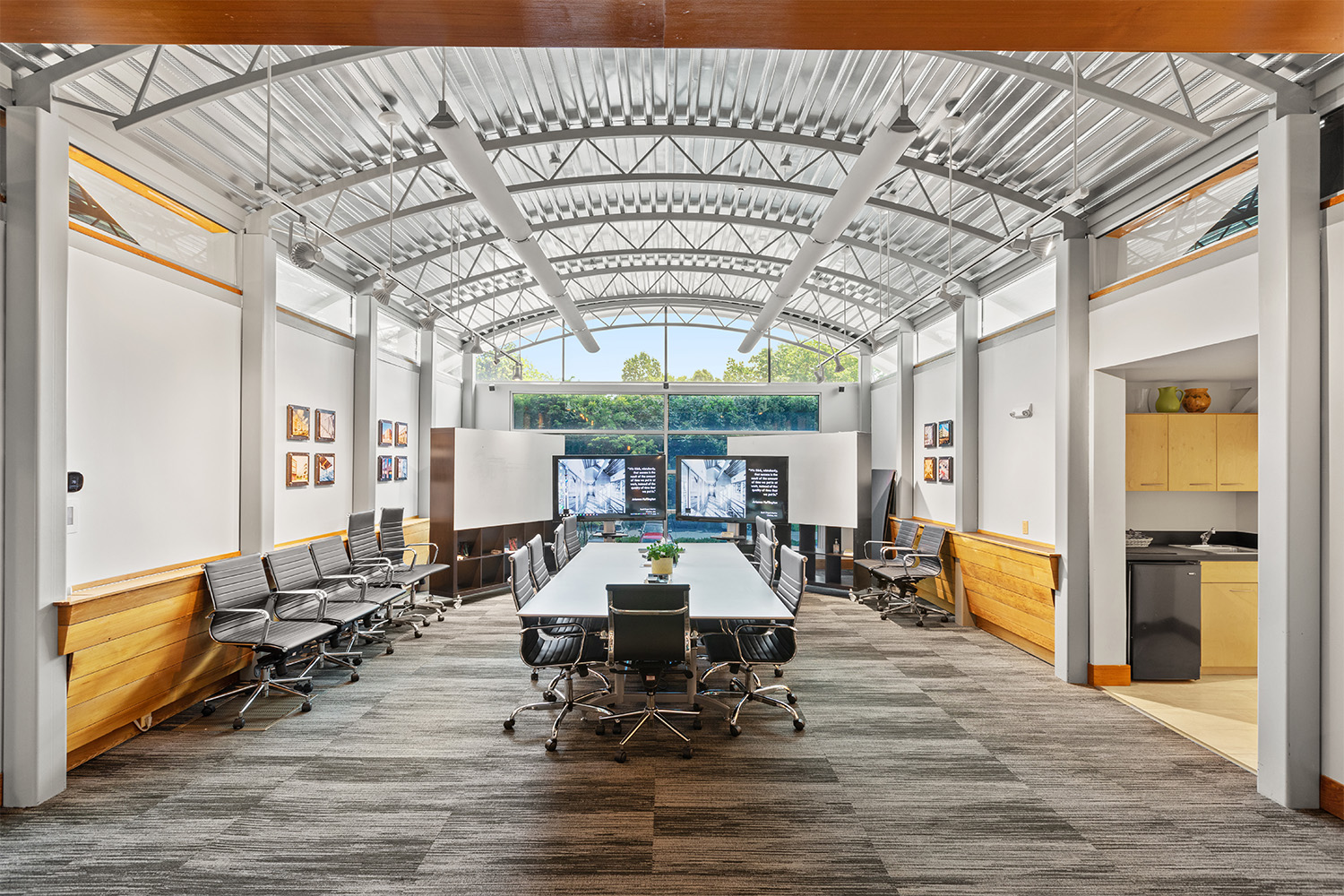Our Place – Guastavino’s Tile Factory
Share
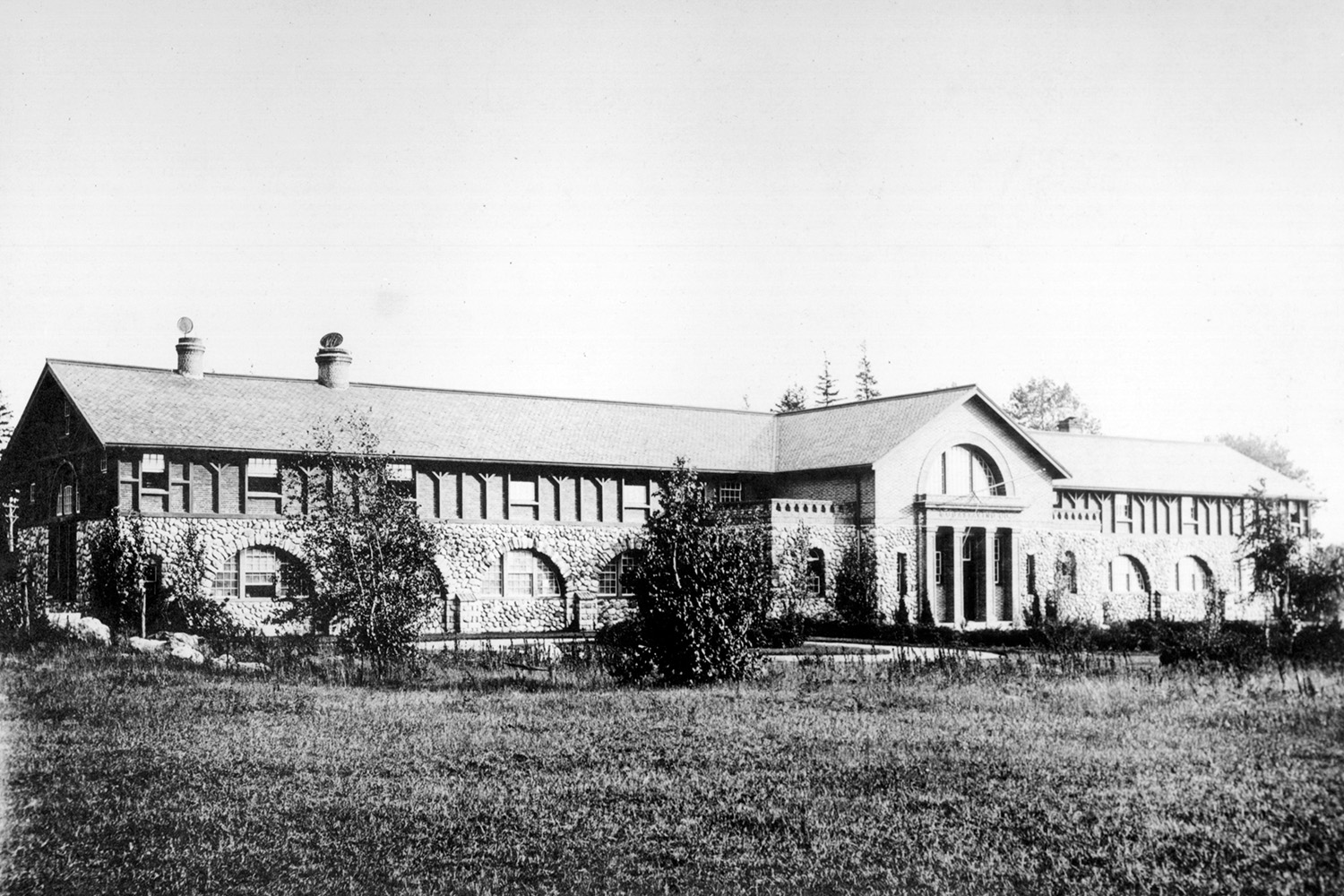
Honoring the past by preserving for the future
TOCCI purchased the decaying Guastavino Tile Factory in 1998 – nearly 40 years after its original operation ceased. Restoration and renovation began in 1999. TOCCI located the original design plans and early photographs of the building. Those photographs show a balance of preservation with modernization. The restoration evolved into an intriguing journey through the lives of renowned father-son duo, Rafael Guastavino Moreno I (Guastavino) and Rafael Guastavino y Esposito II (Guastavino II). Their ceramic engineering expertise, expressed through beautiful arch, vault, dome, and spiral staircase designs, established a niche category. Their work can still be seen in hundreds of turn-of-the 20th century buildings that grace the National Historic Register.
Setting up Shop
From the late 1900s through the early 1930s, the Guastavinos were an essential design-assist team for an impressive roster of important buildings in the US, Canada, Mexico, and Panama. When supply for high-quality ceramic tile became an issue, Guastavino decided to build his own production facility. Transportation limitations eliminated the favorable local clays of Colorado and North Carolina. His financial advisor, William Blodgett convinced him to locate in Woburn, MA – Blodgett’s hometown. At that time, Woburn was a preeminent industrial center noted for leather production, shoe-making, and chemical manufacturing. More importantly, the Boston and Lowell Railroad connect it to the Port of Boston.
Production in Woburn
In 1900, Guastavino setup a makeshift factory in a former Woburn church. By 1903, the temporary facility was firing over 200,000 tiles annually. Guastavino then purchased this Woburn property. Guastavino II, a young and talented engineer, designed the new factory. The Woburn tile factory bears similar massing to the Battló Factory in Barcelona, Spain, designed by Guastavino in 1871. In a 1907 dedication, a local Woburn paper described it as “an ornamental brick building that looks more like an art museum than a factory.” This delighted the stylish Guastavinos.
Guastavino History
Rafael Guastavino was born in 1842 in Valencia, Spain, and moved to Barcelona in his teens. In 1872, he graduated from the Escola Especial de Mestres d’Obres in Barcelona, where he mastered the vernacular building traditions of the region, including the thin-tile structural system. This engineering technique – which dates back at least to the 14th century – involved spanning broad spaces with arched ceilings or domes composed of several layers of thin tiles bound with mortar. In the early stages of his professional career, Guastavino perfected this system by sandwiching the tiles together with quick-drying Portland cement and plaster, which was stronger and more water-resistant than the lime mortar that had been traditionally used. Most importantly, Guastavino had an intuitive sense of the system’s possibilities, which motivated him to create previously unimaginable vaults.
Read more about Guastavino’s life here.
